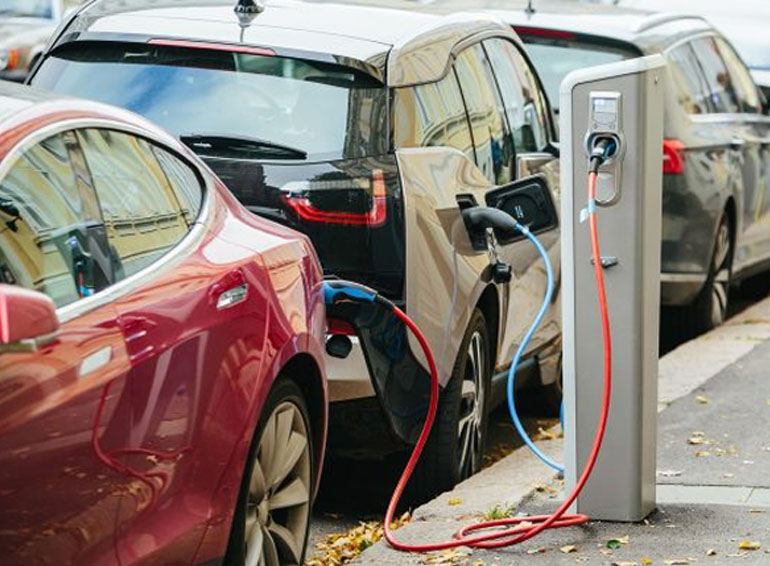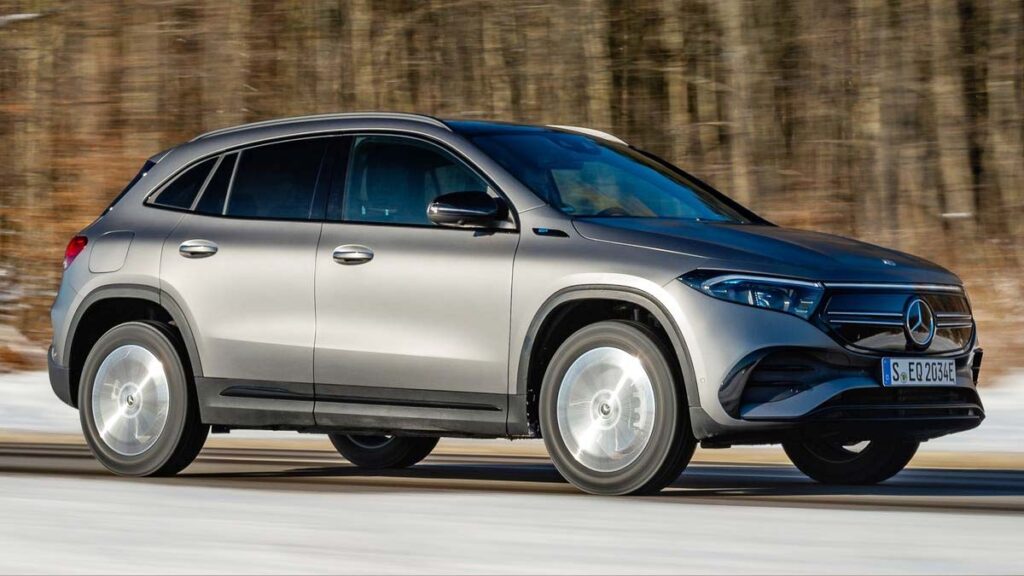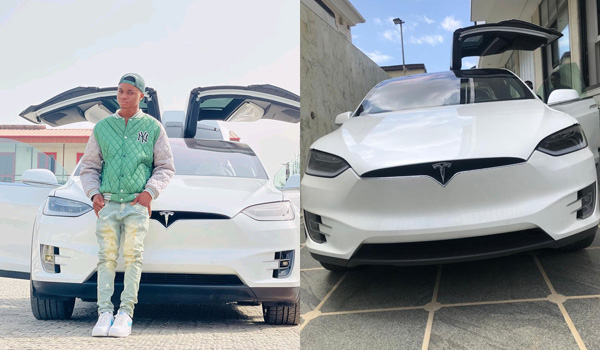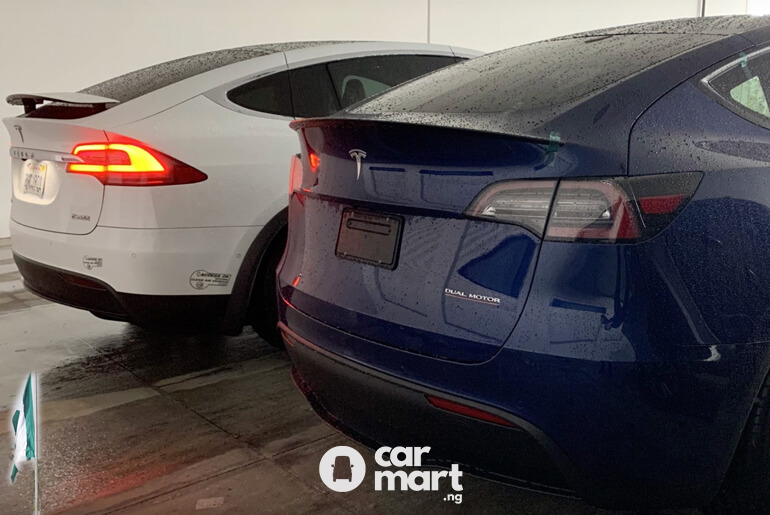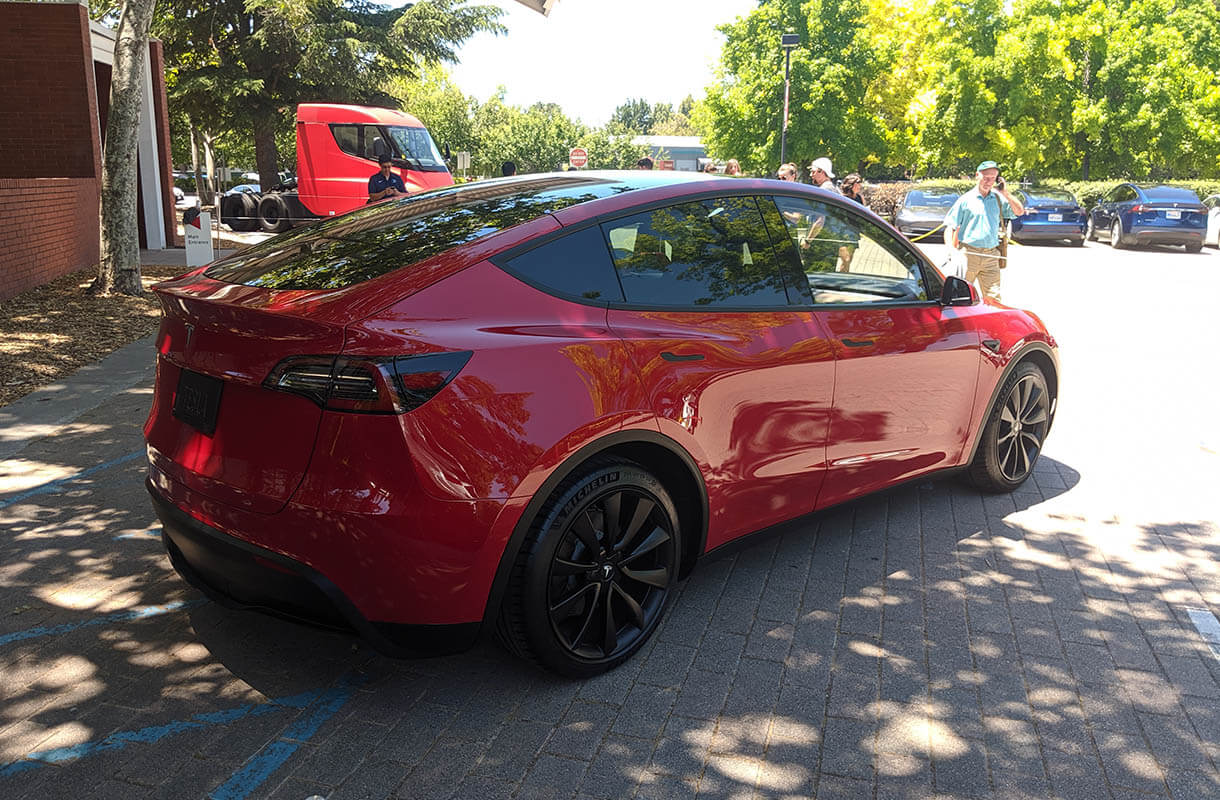In countries where two- and three-wheelers are not popular modes of transport, public transport offers the largest opportunity for advancing electrification. Durban, South Africa; Dakar, Senegal; Abidjan, Cote d’Ivoire, and Nairobi, Kenya, are already running, or planning to run, electric bus fleets. Electric vehicles could make up as much as nearly half of global car sales by 2035, and our analysts forecast that more advanced autonomous or partially autonomous vehicles will make up the same share of sales just five years later. It’s a fundamental shift, upending labour markets, supply chains, and commodity markets.
Table of Contents
Electric vehicles (EVs) are often promoted for their environmental benefits, given that they cut carbon emissions and other forms of air pollution from exhaust fumes. The financial gains for some types of road users can also be considerable in the right circumstances. In a November 2022 report, the Energy for Growth Hub think-tank emphasised an often-overlooked benefit for Africa: the potential to create jobs through EV production. According to the International Energy Agency, “The number of electric cars, trucks, vans and buses on the world’s roads is on course to increase from 11 million vehicles to 145 million by the end of the decade.
In addition to providing a convenient and easy transport method, Electronic Vehicles (EVs) are also environmentally friendly. Their ease of maintenance, cost efficiency, and accessibility make them an excellent choice.” In 2014, KMC developed the Kiira EVS, Africa’s first electric vehicle, and in 2016, it developed Africa’s first solar electric bus, the Kayoola Solar Bus.
South Africa appears to be the leading country in the adoption of electric vehicles on the continent. Nissan LEAF and BMW i3 are two notable electric vehicles sold in South Africa. As of 2019, South Africa is home to about 180 charging stations for electric vehicles.
In addition to this, African countries such as Kenya and Rwanda have enacted tax incentives to encourage electric vehicle imports and are developing their own electric two- and three-wheelers. In May 2021, Lagos unveiled its first electric car. It was also the first electric car assembled in Nigeria. Lagos State Governor, Babajide Sanwo-Olu unveiled the new Hyundai Kona, a product of the Stallion Group.
In Africa, the adoption of electric vehicles, is, however, not without challenges. Commenting on the challenges facing electric vehicle adoption in Africa, the International Energy Agency said: “For African countries to be able to take advantage of electric vehicles, a few issues need to be addressed. One is, that an EV typically costs more money and is dependent on reliable energy than a gas-powered car. It is no secret that many African countries rank among the lowest per capita income countries in the world, and also lack reliable energy supplies”.
“At the very least, EVs must become as affordable as petrol-powered vehicles, and if Africa does not live up to its electric potential, the EV could remain a fiction on the continent. Moreover, recharging the battery takes time, compared to filling up at the gas station, recharging an electric car’s battery needs more time.
“An electric car may take up to 20 hours to charge fully, depending on the model.” The agency said African governments must understand that in the near future, ageing electric batteries could quickly succumb to degradation and eventually become outdated, leading to a massive waste problem in Africa.” Below is the list of top 5 BEST Electric Vehicles for Africans:
- Hyundai Kona Electric
- Hyundai Ioniq 5
- Mercedes-Benz EQA 250+ AMG Line
- BMW i3
- Volvo XC40 Recharge Pur Electric
Why choose Electric Vehicles?
- No Carbon Emission: Electric vehicles are 100% eco-friendly as they run on electrically powered engines which do not emit toxic gases in the environment, unlike diesel and petrol.
- Affordability: Electric vehicles have circa 40% less operational costs compared to ICE.
- Less Noise: EVs are quieter than vehicles that run on gas which cuts down on noise pollution and creates a saner environment.
- Energy Cost: Electric charging cost is less than N3/km while gas cost is N6/km which means transport operators get to save more money.
- Sustainable: The future of mobility is electric vehicles and we are propelling Africa several steps forward into the future.
Hyundai KONA Electric
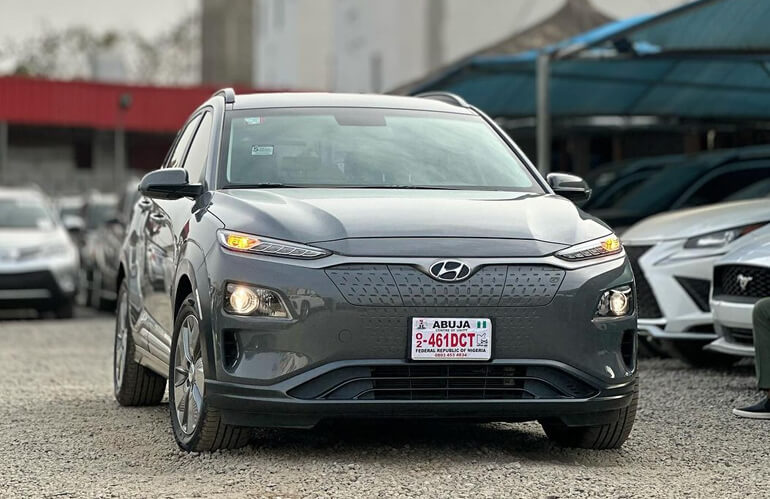
The 2024 model marks the beginning of an all-new generation of the Hyundai Kona Electric. The Hyundai Kona Electric is a spacious family car with an excellent electric range, it’s longer, and wider, and uses a longer wheelbase to maximize its utility. A fresh new look makes the 2024 Kona Electric unmistakably different from the outgoing model. With wide-spanning LED headlights and taillights, the theme for the new Kona is pixels.
Hyundai Kona Electric Range, Charging, and Battery Life
The Kona Electric offers two different battery packs. The base Kona Electric uses a 48.6-kWh unit with an estimated range of about 200 miles. A larger 64.8-kWh battery is available and bumps the estimated driving range to about 260 miles. Hyundai claims that the Kona Electric can recharge its battery pack from 10 per cent to 80 per cent in 43 minutes during DC charging.
Hyundai Kona Electric Features
Hyundai opens up the interior space with a floating horizontal centre pad to remove some of the division between front passenger seats. Ambient lighting also brings a little bit of moodiness and personalization to the cabin that helps illuminate the new Kona’s fresh cockpit design. Unlike other EVs, the Kona Electric offers only a small front trunk suitable for storing the SUV’s portable charging cables. Luckily, there’s a much larger cargo area behind the rear seats.
Safety Features
Key safety features are likely to include:
- Standard automated emergency braking
- Standard lane-departure warning with lane-keeping assist
- Available adaptive cruise control
Hyundai Kona Electric Engine and Fuel Economy
A 147-hp 2.0-liter is standard, but a more powerful 190-hp turbocharged 1.6-liter is optional.
All Hyundai KONA Electric models are front-wheel drive and powered by a single electric motor, and the grade makes up to 133 horsepower with the standard 99 kW electric motor, and it’s rated for up to 131 MPGe in the city and 105 MPGe on the highway—or a combined 118 MPGe
Hyundai IONIQ 5
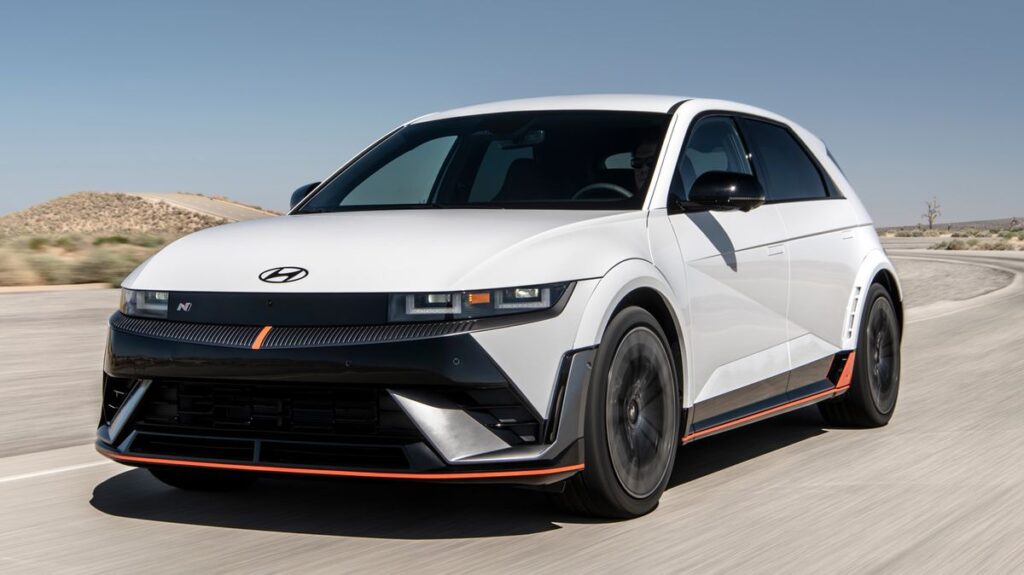
The Hyundai Ioniq 5 is a battery-electric compact crossover SUV produced by Hyundai in 2021. The Hyundai Ioniq 5 stands out with its retro-themed styling and the latest in electric vehicle design. It’s also comfortable, practical and generously equipped. It is the first product to be marketed under the electric cars-focused Ioniq sub-brand, and the first model developed on the Hyundai Electric Global Modular Platform (E-GMP).
Hyundai Ioniq 5 Range, Charging, and Battery Life
With the standard 58.0-kWh battery pack, the Ioniq 5 is estimated to provide 220 miles of range. The larger 84.0-kWh pack is new this year and hasn’t been rated by the EPA yet. This new, larger battery will push the Ioniq 5’s maximum driving range to about 325 miles per charge with the single-motor rear-wheel drive powertrain. When it comes to charging, Hyundai says the larger battery can be replenished from 10 to 80 per cent in around 18 minutes when plugged into a DC fast-charger.
Hyundai Ioniq 5 Features
The interior of the Ioniq 5 is far more conventional-looking than the car’s exterior. Its dual-screen layout is straightforward in appearance and operation. The rest of the interior is just as straightforward. There’s plenty of space in both rows for adults. The backrest of the rear seats reclines, which allows rear passengers to lounge around and chill out in near silence as they’re ferried along. The only downside is visibility. The view out of the front is vast, but the thick rear roof pillars create relatively large blind spots. Getting the available surround-view camera system can help out
Technology Features
The Ioniq 5 comes well stocked with technology features. Most of them are standard, and the available Highway Driving Assist 2 feature is Hyundai’s latest combo of enhanced adaptive cruise control and lane-keeping assistance. The aids work well enough to help reduce driving fatigue and avoid possible collisions, but they don’t operate without flaws in all scenarios.
The Ioniq 5 also comes with Hyundai’s Bluelink app, which allows owners to control a number of the car’s functions. You can turn on the heater or air conditioning before driving, set charge time limits, and see charging stations from the app. There is also the usual Apple CarPlay and Android Auto connectivity, and the whole infotainment system is zippy and relatively easy to get the hang of by way of the big 12.3-inch touchscreen.
Mercedes-Benz EQA-Class EQA 250 AMG Line
Mercedes-Benz EQA has the usual benefits of an all-electric car, ie. it’s quiet, refined, and has instantly-available torque which results in responsive, linear acceleration. This means that the EQA is good to drive in all environments ranging from around town to motorways, although there’s some road noise on certain motorway surfaces. The Mercedes-Benz EQA is a decent premium electric car that feels more up-to-date thanks to recent upgrades. It’s by no means perfect, however.
With an attractive design – albeit one not noticeably different from its fossil fuel-powered sibling – and a cabin that looks a step above the mainstream, you can see where your money goes. The new cabin technology is a bit more fiddly than before, however, and while it’s decently roomy for passengers luggage space is at a premium
Electric Range, Battery and Charging Data
- Range: 260-346 miles
- Efficiency: 3.3-4.3 miles per kWh
- Battery size: 67kWh / 71kWh
- Max charge speed: 100kW
- Charge time AC: 9hrs 15mins, 10-100%, 7kW / 10hrs, 10-100%, 7kW
- Charge time DC: 32mins, 10-80%, 100kW / 35mins, 10-80%, 100kW
- Charge port location: Right rear
- Power outputs: 190hp / 228hp / 292hp
Exterior and Interior Features
It comes with a gloss black front grille and blue ‘eyeliner’ within the headlamp housing. In fact, the entire headlamp assembly has a different design with the EQA’s headlamps ‘melting’ into the grille to create the signature Mercedes electric vehicle front graphic. Around the back, another distinguishing feature is the unified taillight strip, another design signature unique to the electric Benz range. Also noteworthy are the 19″ AMG 5-twin spoke light alloy wheels and the restyled bumpers (without tailpipe finishers, of course) with AMG Line bits. It also has its nameplate on display on the A-Pillar. Very unconventional, and some may even like it.
Inside, there’s more of the typical great work we’ve come to expect from the three-pointed star. Buttons, switches, air cond vents and capacitive touch surfaces are a joy to use with distinct, high-quality tactility. Mercedes-Benz still leads in-cabin ambient lighting and dramatic flair. The dual 10.25″ screen setup has aged gracefully and comes with ‘EQ’ specific animations, charts, and menu screens.
There’s a tinge of sportiness from the AMG Line kit, with red contrast stitching, a flat-bottomed steering wheel, and alloy pedal finishers. However, it’s almost a sombre interior with a lot of black artificial suede and leather to go with the black linden wood trim.
The EQA 250 AMG Line’s interior has the tech, luxury and performance characteristics in equal measure. Around the back, there are air vents, a single USB-C port and a little storage bin to go with some cup holders and an armrest. It ticks enough boxes, but the space is a little cramped.
The cargo room Is a little smaller than in the GLA but features a powered tailgate and 40:20:40 split folding seats. In my view, this makes the EQA more suited to couples than small families. The boot’s simply not large enough to accommodate a stroller and luggage for 3 or 4.
BMW i3
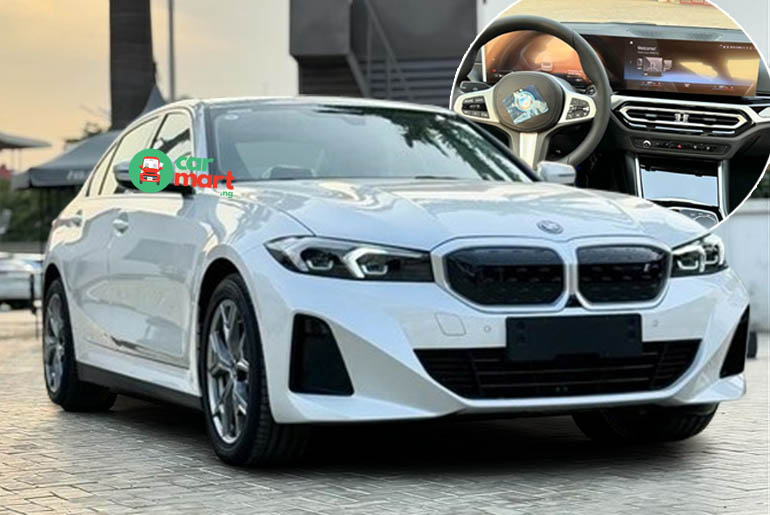
The BMW i3 is a fully electric compact sedan with high-capacity batteries that can be fully charged in under six hours. As BMW’s first all-electric vehicle, the i3 changed the way the world saw electric mobility. As BMW’s first all-electric vehicle, every i3 embodied the best of sustainable driving from the high-capacity batteries to the natural materials used in the interior – traits that continue to set the bar for BMW’s electric series.
BMW i3 Range, Charging, and Battery Life
The i3 is built around a carbon monocoque (a huge investment at the time for BMW, and one that also underpinned the i8 supercar). Some early versions had a range extender engine to top up the battery, but this was done away with after 2018 in favour of a bigger battery, initially 33.2kWh, now 42.2kWh. That’s not big by most standards, yet gives a range of 177-193 miles, and combines that with sprightly performance. The regular 170bhp i3 hits 62mph in 7.3secs, the faster 184bhp i3S in 6.9secs.
As we said above, BMW claims a range depending on options and equipment of between 177 and 193 miles for both i3 versions. Expect to get 140-150 miles in real-world use, averaging at least four miles per kWh. It’s an efficient machine.
The 42.2kWh battery can be charged to 80 per cent in 45 minutes on a 50kW fast charger. It can’t accept a charge any faster than that, though.
BMW i3 Features
Interior and Exterior Features
The BMW i3 features an exclusive Shark fin” roof antenna and short antenna, Badges on the tailgate: “eDrive” on the left, “i3” on the right, Full-width chrome trim at the rear, Two-tone “Black Belt” bodywork on: the front hood, exterior mirrors, roof and rear hatch in black, 19″ (48cm) Style 427 star-spoke wheels (i3), Illuminated charging socket with LED technology, Full-LED headlamps (daytime running lights, low beam, high beam and LED indicators), Trunk tie-down rings, Seat-mounted headrests, BMW Professional MP3-compatible car radio with 4 speakers, AUX-IN socket, USB audio port and, Bluetooth audio streaming (with “Music Search”), a 2-seat rear bench with symmetrically folding backrests (50/50), High-performance lithium-ion batteries, minimum 70% capacity, guaranteed for 8 years or 100,000 km, Automatic gearbox with selector behind the steering wheel, and a Standard charging cable for 230 V household socket.
Safety Features
It also features standard advanced safety features of Front and rear head airbags with glass-fibre veilD, front-passenger front airbags (disconnectable on passenger side), Front side airbags, Grey sun visor band for windscreen, Three-point seat belts with tensioners, Carbon fiber safety cellD, brake lights, ISOFIX mounting on rear outboard seats, parking brake, Puncture mobility kit, Individual tyre pressure measurement, first aid kit, Third brake light with LED technology, Braking which includes: Curve Braking Control CBC, Dynamic Stability Control DSCD, Traction Control DTC, Anti-lock Braking System ABS, and Chassis which includes: Multi-link rear axle and Double-joint front axle.
VolVo XC40 Recharge
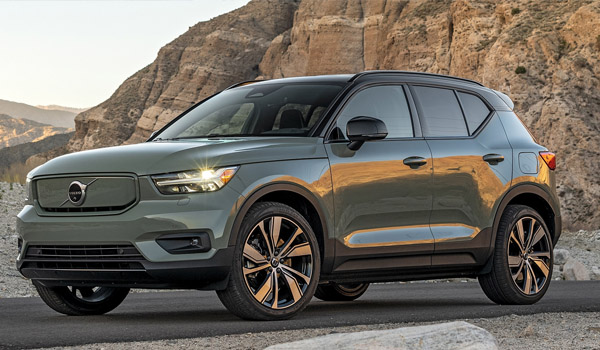
The electric motors are sealed for life and maintenance-free. So compared to a combustion engine-propelled car, the fully electric XC40 Recharge needs much less maintenance which may result in lower running costs. The XC40 Recharge doesn’t force you to choose between power and responsible driving. Just take your seat, drive away and enjoy the comfort of one-pedal drive and smooth acceleration – with zero tailpipe emissions. In the XC40 Recharge, your commitment to a more sustainable future has never felt better.
Volvo XC40 Range, Charging and Battery Data
The battery of the Volvo XC40 Recharge Twin Motor has a total capacity of 82 kWh. The usable capacity is 79 kWh. An estimated range of about 235 miles is achievable on a fully charged battery. In an average rapid charge session, the average charge power will be around 116 kW. This charges the battery from 10% to 80% in around 30 minutes.
Volvo XC40 Features
Interior and Exterior Features
The luxurious Volvo XC40 comes with perfect and outstanding features we can imagine starting with the Sculpted gear shift, Charcoal headlining, Remote key, Folding bag hook, Textile interior cabin floor mats, Rear centre armrest, Front centre armrest, Glossy black tunnel console, Tailored sport steering wheel (Charcoal), Recharge aluminium front tread plates. To the seats, being a 5 seater electric vehicle, it possesses a Power driver seat with memory, Power passenger seat, Heated front seats, Heated rear seats, Power folding rear head restraints, Mechanical release second seat row, Manual cushion extensions (driver and passenger).
The exclusive XC40 also have the climate in consideration, where it possesses a Two-zone climate system, After-running parking climate, Heat pump, Air purifier, Heated steering wheel, Electric cabin heater and cooler, and Humidity sensor.
Safety Features
The Volvo XC40 safety features consist mainly of preventive and protective features.
The Preventive Safety Features include Road Sign Information, Lane Keeping Aid, LED headlights, 12-inch driver display, Adaptive cruise control, Pilot Assist, Power retractable door mirrors, BLIS and Cross Traffic Alert, Digital owners manual, Illuminated vanity mirrors, Auto-dimmed rear view mirrors, Touring chassis, Tyre pressure monitoring, Oncoming Lane Mitigation, Rear Collision Warning, Adaptive power steering, Rain sensor, Park assist (rear and front), Ticket holder, Park assist camera (rear), 9-inch centre display, Pixel LED headlights, Fog lamps.
Protective features include: Dual-stage airbags, Knee airbags, driver side, Emergency brake light, Temporary mobility kit, Warning triangle, Whiplash injury protection system, Inflatable Curtain, Side impact protection, Safety belts, Speed limiter, 360° camera, Automatic door locking, Double locking, Alarm, Body-coloured door handles with ground lighting, Tempered side windows, and Power child safety lock.
Just so you know, electric vehicles have 79 per cent more reliability problems than gasoline- or diesel-powered vehicles, on average. They require little to no regular maintenance, electric cars have lower repair and maintenance costs than their gas-powered counterparts. These motors do not require starters, fuel pumps, and exhaust systems, so drivers don’t have to worry about these components wearing out over time. Additionally, EV owners avoid the maintenance costs that come with using an internal combustion engine.
Have 1 million naira and above to Buy or Sell Cars In Nigeria? Check carlots.ng
All rights reserved. Reproduction, publication, broadcasting, rewriting, or redistribution of this material and other digital content on carmart.ng is strictly prohibited without prior express written permission from Carmart Nigeria - Contact: [email protected]

